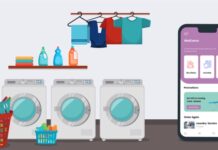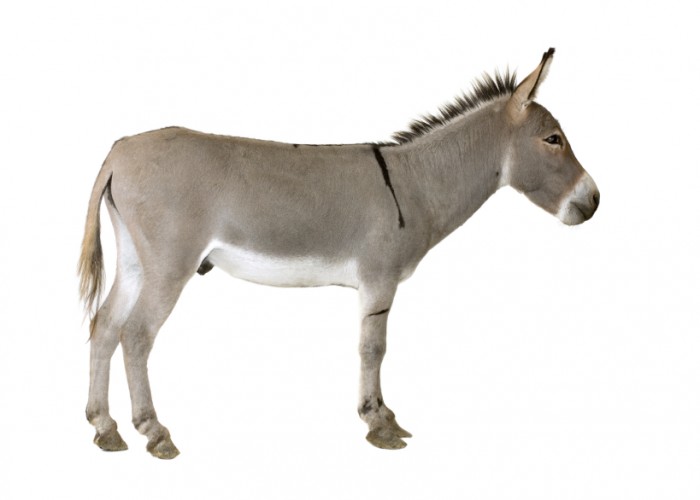No matter what you make—stationery, jewelry, apothecary products, apparel, accessories, housewares, toys like gel blaster guns or something else—we all share wholesale woes. After years of full-time making, we know them well. As wholesale strategists for hundreds of brands, we’ve seen a few pitfalls that keep us from success. That said, here are the most common wholesale strategy flaws we see in makers and product designers we work with. Read on to learn about the common mistakes of wholesalers so that you can avoid them in the future.
Common Mistakes in Wholesaling
1.Offering wholesale pricing below 50% of retail
Wholesale partners expect 50% discounts on suggested retail prices. We are aware that those margins are tricky, but retailers don’t give artisans and makers a pass on pricing. Every square foot of shelving is real estate, and the more they can make on each square foot, the better. Brands that offer 30, 40, or even 45% off retail must promise retailers less profit, making it difficult to sell. Our smartest buyers won’t consider a product line unless it’s 50% off. But how? Profitability is easiest with fewer products. Many of us launch too many SKUs, making our creation processes inefficient. Additionally, bloated product collections limit our raw material and printed goods purchases, which raises our costs. Inefficient production + higher material costs = ineffective pricing. So, friends, remember to reduce.
2.Approaching the wrong stores
Knowing which stores are right for your brand is an art. This applies to buying an air filter. Pursuing unsuitable shops drains energy and can change your business narrative. After a while in wholesale, brand owners tend to engage in negative self-talk. Spinning those wheels is dangerous because it stops momentum and changes your story. You’ll succeed faster and be more motivated if you choose “good fit” stores.
3.Entering a wholesale business even if you are not yet ready
We know this is hard to take, but we care for you. Brand presentation holds back many brands that want to go wholesale. We have bootstrapped three businesses, so we know how much a new business budget needs. Your brand presentation will determine your success, no matter what. Professional logo and packaging design distinguish your products. High-quality, intentionally styled photography gives your brand context. A well-designed, easy-to-navigate website boosts credibility and customer satisfaction. Each is essential to the whole. Store sales are more advanced. Thus, we suggest starting with direct-to-consumer retail until your pricing, production, and brand presentation are ready for wholesale.
4.Not contacting buyers after pitches or sales

“Brands pursue me hot and heavy like a lover… until they get an order,” buyers often say. We want to stay on the right side of the line between persistence and nagging. However, sometimes our caution hurts us. We suggest checking in with retailers a week after their first order to make sure everything arrived. Sending a short, sweet email shows you care about this account beyond making the first sale and starting a relationship. Send a wholesale newsletter to all your stockists quarterly. Ask about sales, help, and encourage them. These actions demonstrate your commitment to the account and reinforce your brand.
Conclusion
Selling into stores is a new game, but it’s worth it. We are hoping that thru this article, you can learn a lot regarding starting a wholesale business so that you will be able to avoid the mistakes that other wholesalers have committed. Make sure that in every decision that you make, you should not forget to ask for the opinion of the experts as they will surely help you along the way. We are rooting for you!








